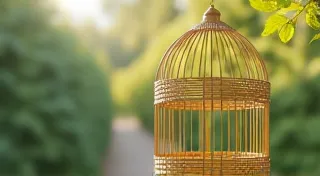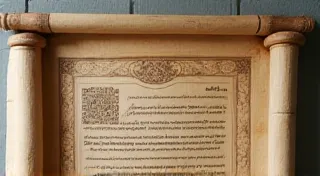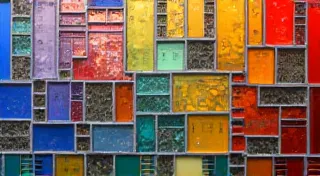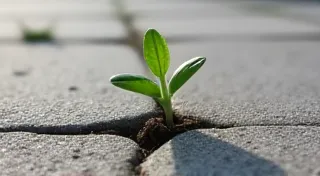The Visible History: Layers of Meaning in Fragmented Stories
There’s a particular ache that comes with observing something broken. It’s not simply the recognition of loss – a shattered vase, a splintered chair – but a deeper sense of interrupted narrative. We build stories around the objects that populate our lives. They mark milestones, witness laughter and tears, and become silent keepers of memories. When they break, a piece of that story feels irrevocably lost. But what if that breakage wasn't an ending, but an opportunity? This is the heart of Kintsugi, the Japanese art of repairing broken pottery with gold, and a profound meditation on embracing imperfection and the beauty of a life well-lived, even a life marked by fracture.
The Philosophy of Wabi-Sabi and the Birth of Kintsugi
Kintsugi isn't just a repair technique; it's a philosophical expression rooted in the Japanese aesthetic of wabi-sabi. Wabi-sabi finds beauty in transience, imperfection, and the natural aging process. It's about appreciating the patina of age, the subtle cracks in a well-worn teacup, the slight asymmetry of a hand-thrown bowl. In a culture that often strives for perfection and uniformity, wabi-sabi offers a counterpoint, a reminder that true beauty often lies in the unexpected and the unique.
The origins of Kintsugi are often traced back to the 15th century, with a legend surrounding the shogun Ashikaga Yoshimasa. Distressed by a broken favorite tea bowl, he sent it to China for repair. The Chinese method, using harsh metal staples, was deemed aesthetically jarring. Upon returning to Japan, he commissioned local artisans to devise a more beautiful and respectful solution. And so, Kintsugi was born – literally meaning “golden joinery.”
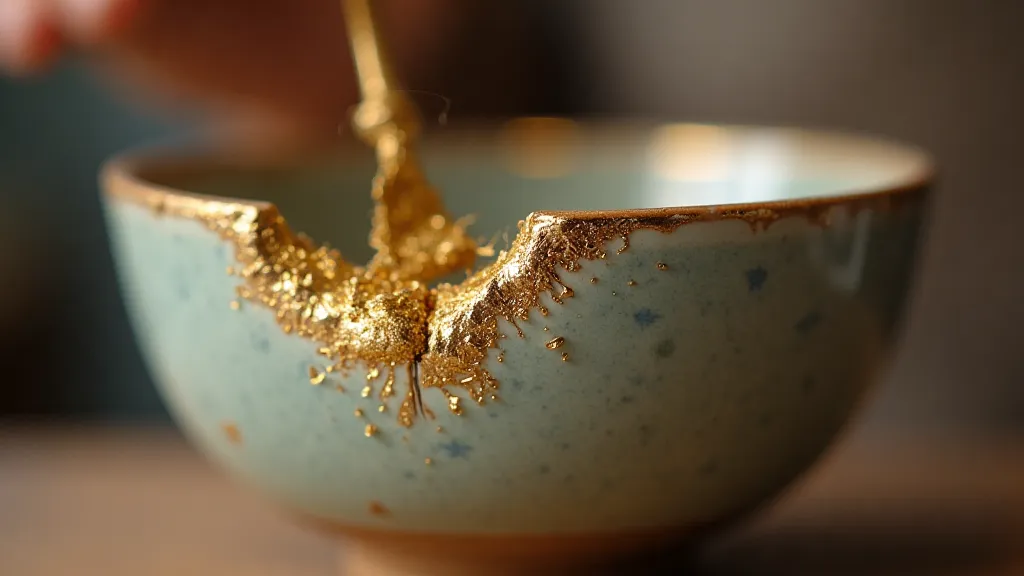
More Than Just Gold: The Process and the Patience
The Kintsugi process is a deliberate and time-consuming one. It's not about simply gluing the pieces back together; it's about celebrating the fracture. Traditionally, urushi lacquer, a natural resin derived from the urushi tree, is used as the adhesive. This lacquer hardens to a durable and beautiful finish. Finely ground gold, silver, or platinum powder is then mixed into the lacquer, carefully applied to the cracks, and polished to a shimmering brilliance.
The entire process can take weeks, sometimes months, depending on the extent of the damage. This lengthy timeframe isn’t a flaw in the technique; it's an inherent part of its meaning. It demands patience and a deep respect for the object and its history. It’s a quiet act of reverence, a meditative practice that embodies the principles of wabi-sabi. The repair isn't hidden; it's intentionally visible, a prominent feature that acknowledges the object’s journey.
A Chronicle of the Object’s Journey
Consider an antique accordion. Imagine its history – the hands that squeezed its bellows, the melodies it breathed into crowded dance halls, the laughter it evoked from children. Now, imagine it damaged, its keys dislodged, its wood cracked and aged. To simply discard it would be to erase a piece of that story. To repair it with Kintsugi is to honor it, to transform its damage into a beautiful testament to its resilience.
The gold lines in Kintsugi become a chronicle of the object’s journey. They aren’t blemishes to be concealed; they are highlights, emphasizing the moments of impact and the passage of time. Each golden seam whispers a silent narrative: a fall from a shelf, a child’s clumsy grip, the weight of years and experiences.

Inspired Storytelling: Layers of Perspective
The beauty of Kintsugi extends beyond the visual. It offers a powerful metaphor for our own lives. We all experience moments of fracture – loss, disappointment, trauma. These experiences can leave us feeling broken, diminished. But what if we could embrace these moments, not as failures, but as opportunities for growth and transformation? What if we could see our scars not as marks of weakness, but as badges of resilience?
For writers, Kintsugi presents a potent inspiration. Think of incorporating layered histories and perspectives into your narratives. Consider characters who have endured significant hardship but emerged stronger and more compassionate. Explore the idea of truth as a composite of fragmented recollections, each crack representing a different point of view. A story isn't always a linear progression; it can be a mosaic of experiences, interwoven with moments of loss and renewal.
Think about depicting landscapes scarred by natural disasters, healed over time with new life flourishing amongst the ruins. Imagine a protagonist whose identity is pieced together from the memories of others, each fragment offering a unique and incomplete portrait. Just as Kintsugi transforms broken pottery into something more beautiful than before, storytelling can transform pain and adversity into moments of profound meaning and connection.
Collecting and Restoration: A Respectful Approach
For those drawn to collecting antique pottery or instruments, Kintsugi offers a philosophical framework for restoration. It encourages a respectful approach, one that acknowledges the object’s history and celebrates its imperfections. Rather than striving for a flawless restoration, consider embracing the visible repairs as a testament to the object’s journey.
Of course, the ethical considerations are important. Restoring an object with Kintsugi should be done with sensitivity and a deep appreciation for its authenticity. It's not about creating a perfect replica; it's about preserving its character and honoring its story. And for those skilled enough to perform the repair themselves, it's an opportunity to connect with a centuries-old tradition and become a small part of the object's ongoing narrative.
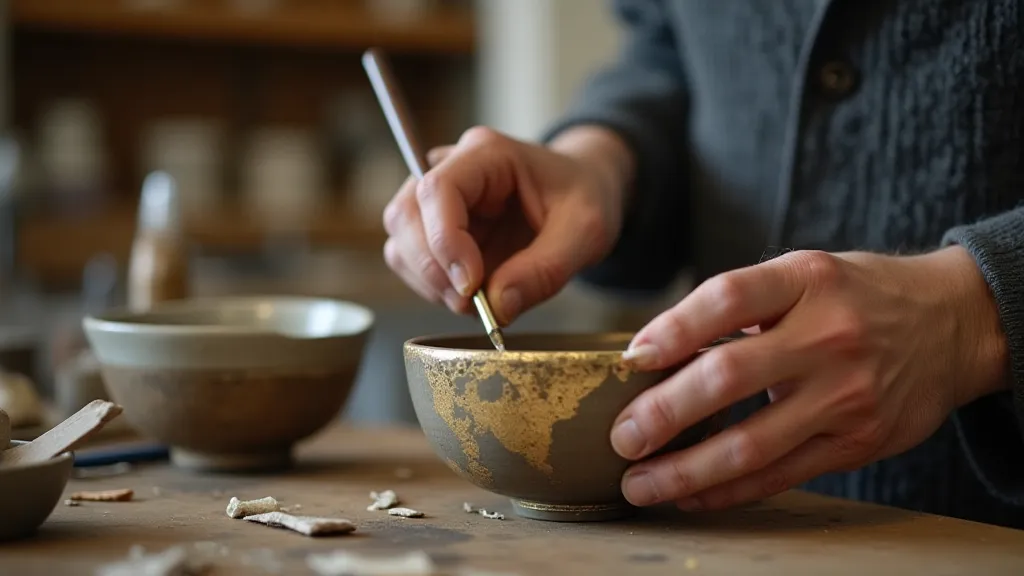
Kintsugi is more than just a repair technique; it's a philosophy, a metaphor, and an inspiration. It reminds us that brokenness isn't an ending, but a beginning. It's an invitation to embrace imperfection, celebrate resilience, and find beauty in the fragments of our lives.
